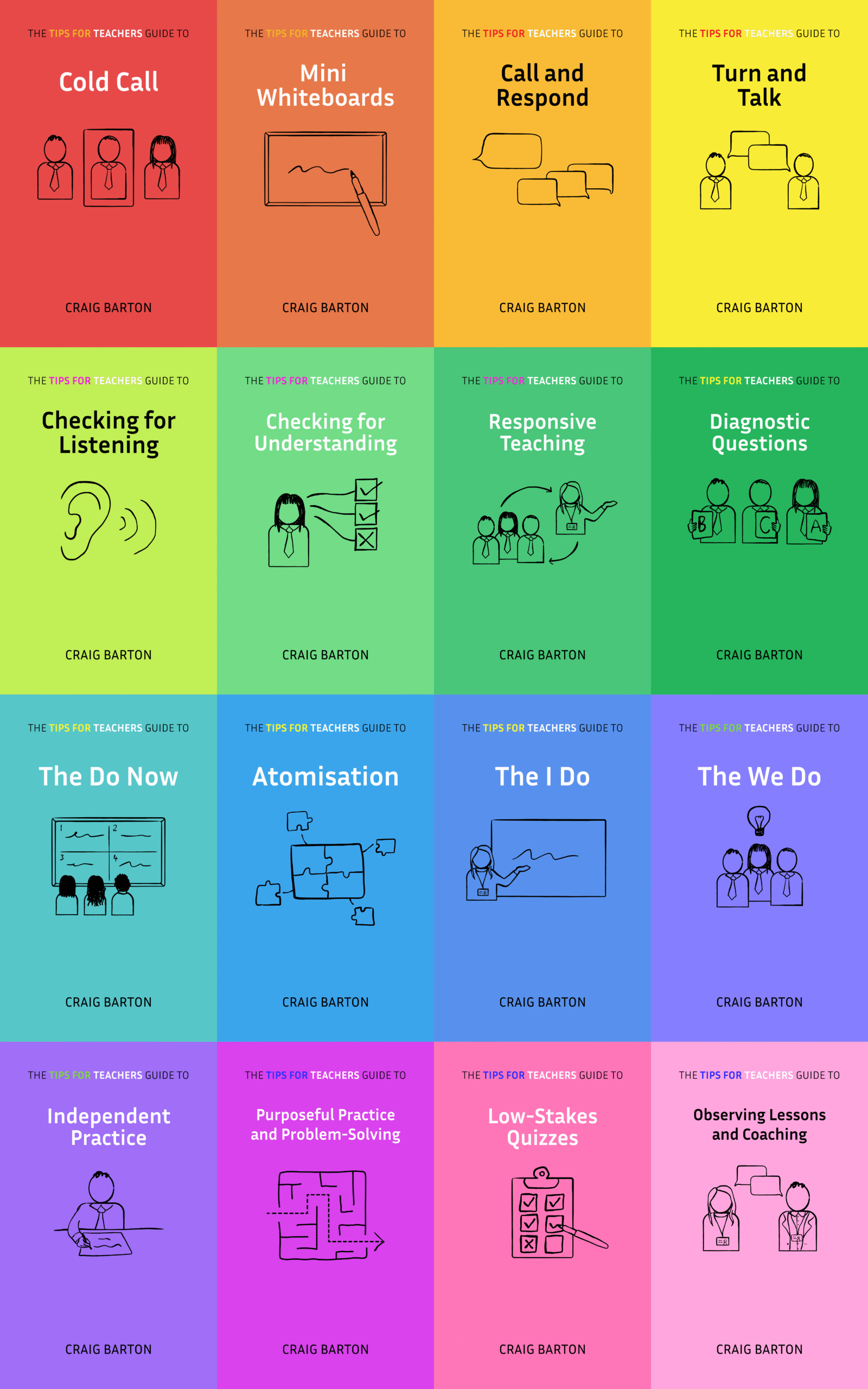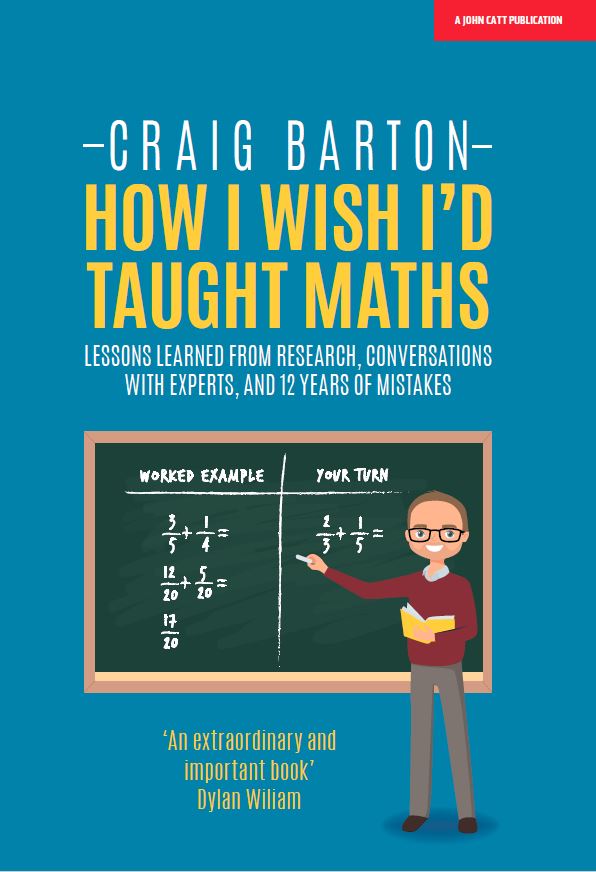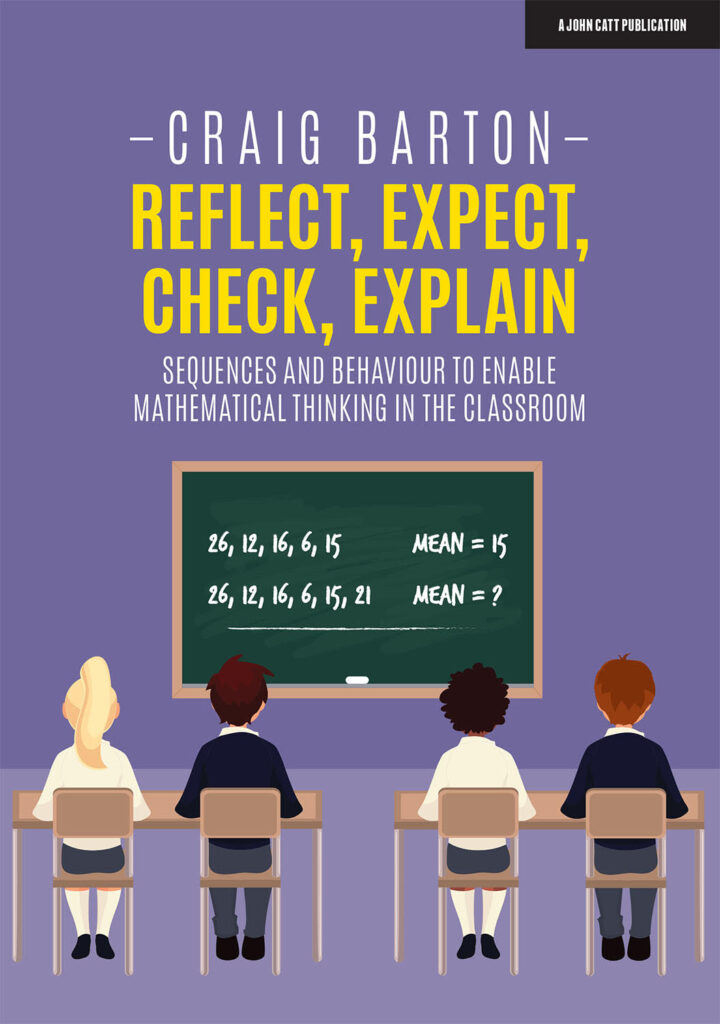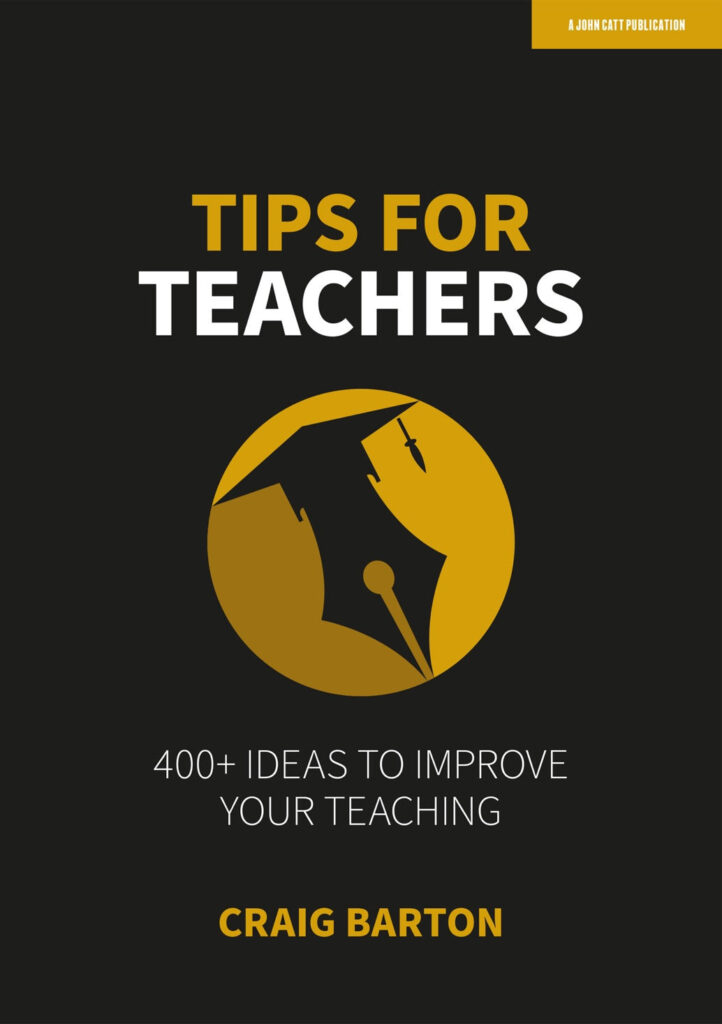
- Title: Mathematical etudes: embedding opportunities for developing procedural fluency within rich mathematical contexts
- Authors: Colin Foster
- Access the original paper here
- Watch a video overview:
Paper summary
“Mathematical études,” authored by Colin Foster, proposes an innovative approach to mathematics education by embedding opportunities for procedural fluency practice within richer, investigative contexts, drawing an analogy from musical études to harmonise traditional drill-and-practice with progressive, exploratory learning.
If teachers remember one thing from this study, it should be…
Teachers should remember that mathematical études embed plentiful practice of essential techniques within rich, investigative mathematical contexts, thereby harmonising the requirements of developing procedural fluency with offering exploratory mathematical experiences.
***Paper Deep Dive***
What are the key technical terms used in the paper?
The key technical terms are:
Mathematical études: Tasks designed to embed extensive practice of a well-defined mathematical technique within a richer, exploratory, and aesthetically pleasing context.
Procedural fluency: The necessary confidence and skill required to perform specific, narrowly defined mathematical techniques.
What are the characteristics of the participants in the study?
The study details tasks relevant to the high-school mathematics curriculum. The participants are consistently referred to as learners. Specific examples of the tasks were designed for learners aged 11 upwards, and some creations shown were produced by learners aged 12–15.
What does this paper add to the current field of research?
The paper borrows the musical étude notion to harmonise the conflicting requirements of developing procedural fluency and offering richer, investigative mathematical experiences. It provides a powerful and versatile approach for designing mathematical tasks that embed extensive technical practice within aesthetically satisfying contexts.
What are the key implications for teachers in the classroom?
Mathematical études provide several key implications and affordances for teachers in the classroom:
- Harmonising Conflicting Goals: Études help teachers harmonise the apparently conflicting requirements of teaching. They combine the development of procedural fluency (necessary for high-stakes assessment) with offering richer, investigative mathematical experiences. This approach can be justified to school management or traditional teachers as vital practice, while simultaneously offering scope to progressive teachers who prefer exploratory methods. Teachers can utilise études to ‘kill two birds with one stone’, rather than struggling over lessons to achieve a delicate balance between the two approaches.
- Enhancing Task Design and Engagement:
- They facilitate task design that embeds extensive practice of a specific, well-defined mathematical technique within a richer, aesthetically pleasing mathematical context.
- The tasks become more purposeful and authentically mathematical for learners, illustrating why a technique is useful and important.
- Fluency may be encouraged by deliberately drawing the learners’ attention away from the “minutiae of the procedure” and focusing instead on a bigger, more interesting problem.
- Études are often less tedious for the teacher to mark and more interesting for both the teacher and the learners.
- Supporting Diverse Learners:
- Learners who are already confident with a technique can focus on the more interesting, bigger problem.
- The approach dignifies all learners with opportunities to think mathematically, avoiding the practice of keeping them away from rich higher-level-thinking tasks until they have mastered prior procedures.
- For confident learners, there is scope to extend the problem, making the étude mathematically quite open.
Ultimately, the implication is that teachers can use études to achieve the aim of having learners experience the joy of fluent familiarity with important mathematical techniques, without sacrificing the mathematical meaning required for deeper understanding.
Why might teachers exercise caution before applying these findings in their classroom?
Caution is needed because designing a well-constructed mathematical étude that successfully embeds extensive practice within an aesthetically satisfying and rich context requires significant creative effort by the teacher, unlike using standard routine exercises.
What is a single quote that summarises the key findings from the paper?
This paper borrows from music the notion of an étude in order to attempt to harmonize the apparently conflicting requirements of developing learners’ procedural fluency and offering richer, more investigative mathematical experiences








